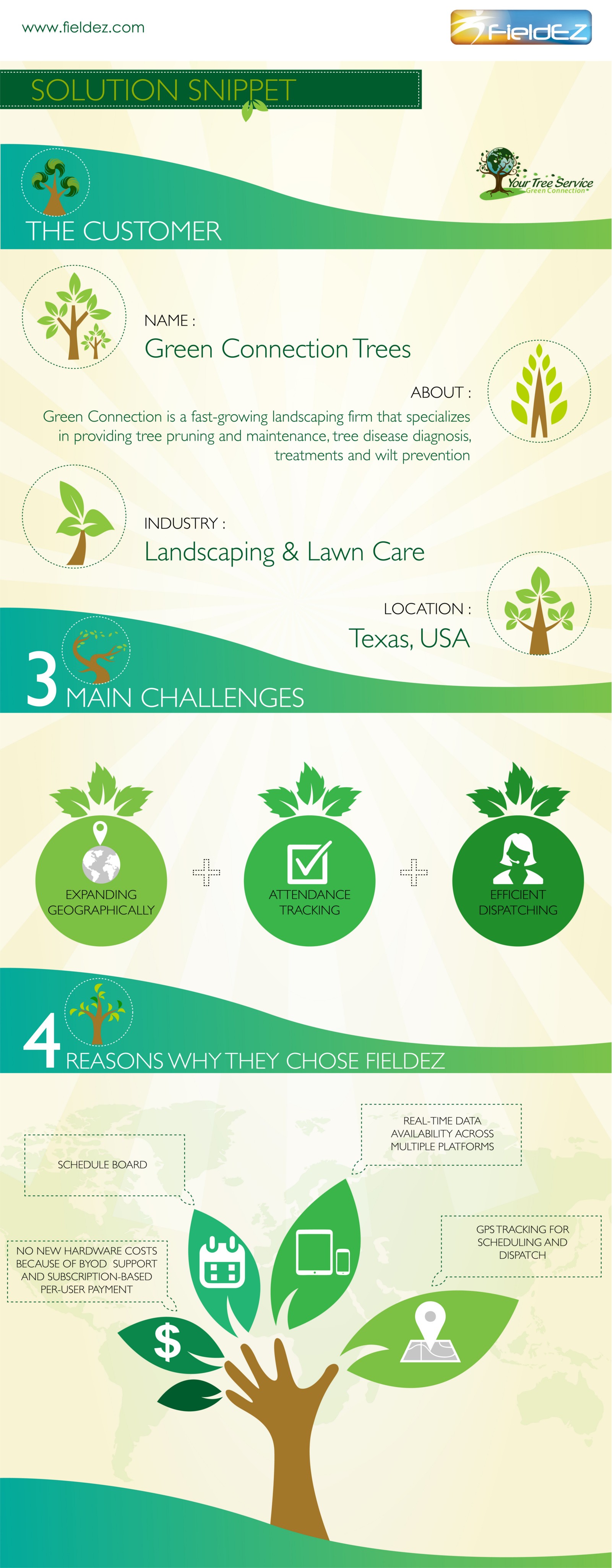Post-Tree Removal Care Is Vital For Landscape Reconstruction; Uncover Crucial Actions To Invigorate Your Room And Avoid Future Concerns
Post-Tree Removal Care Is Vital For Landscape Reconstruction; Uncover Crucial Actions To Invigorate Your Room And Avoid Future Concerns
Blog Article
Material Writer-Langley Mejia
After a tree's removal, your landscape may look quite different, and it's important to analyze the after-effects thoroughly. You'll wish to evaluate the soil disruption and check bordering plants for any indications of stress. Ignoring clicking here can cause larger troubles down the line. So, what should you make with those stumps and origins? And how do you select the best plants for your revitalized space? Let's discover these vital actions.
Evaluating the Consequences: Assessing Your Landscape
After a tree removal, it's crucial to examine your landscape to comprehend the effect it carries your lawn.
Begin by examining the location where the tree stood. Try to find signs of dirt disturbance, and check the surrounding plants for any tension or damages.
You should likewise keep in mind of how the elimination has actually transformed sunshine exposure and air movement in your garden. How Much Does It Cost To Remove A Tree can influence the development of nearby plants, so it's necessary to examine their wellness.
Consider the visual aspects also; the removal might create an open space that you can upgrade.
Lastly, consider any type of potential erosion issues that might develop from the tree's absence. Attending to these aspects early will assist recover equilibrium to your landscape.
Dealing With Stumps and Origins: Choices for Elimination
When you've analyzed the aftermath of the tree removal, you'll likely need to take on the stump and roots left behind.
You have a couple of options for removal. One efficient approach is stump grinding, where an expert uses a device to grind the stump to below ground degree. This method leaves minimal disturbance to your landscape.
If you favor a do it yourself approach, you can use a mix of digging and chemical stump cleaners. Simply keep in mind, this procedure can require time and effort.
Alternatively, consider leaving the stump as an all-natural function, which can serve as an one-of-a-kind yard component or environment for wildlife.
Whatever you select, resolving the stump and origins is necessary for restoring your landscape.
Selecting the Right Plants for Your New Area
As you evaluate your recently removed area, choosing the right plants can substantially boost your landscape's beauty and capability.
Start by considering the sunlight and dirt conditions. For sunny areas, choose drought-resistant plants like lavender or succulents. In shaded places, ferns and hostas thrive well.
Consider the dimension and development behaviors of your plants; mix perennials and annuals for seasonal range. Don't fail to remember to incorporate indigenous species; they call for less maintenance and assistance local wild animals.
Team plants in strange numbers for an extra natural look and produce layers for aesthetic deepness.
Ultimately, ensure you have a mix of shades and textures to keep your landscape vivid throughout the seasons.
Delighted planting!
Verdict
In conclusion, restoring your landscape after tree elimination is a gratifying procedure. By assessing the after-effects, addressing stumps and roots, and picking the right plants, you'll create a successful setting. Do not neglect to integrate erosion control procedures to protect your soil. With a little initiative and care, you can transform your room into a vivid garden that boosts your building. Welcome the chance to revitalize your landscape and take pleasure in the appeal of nature right in your backyard!
